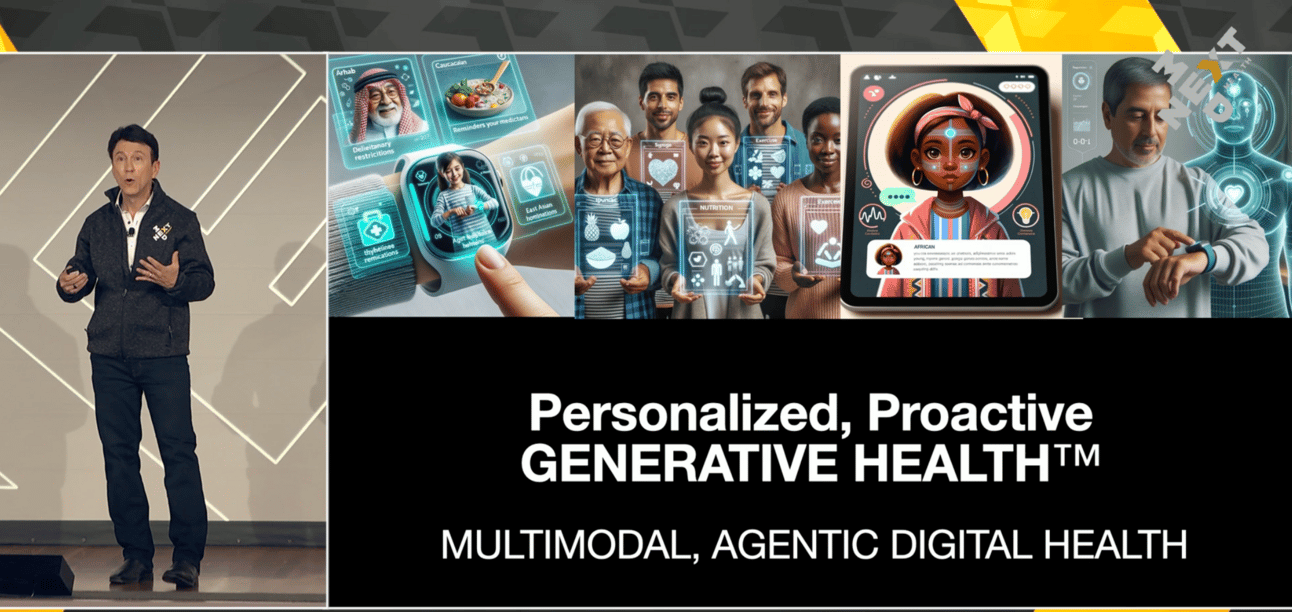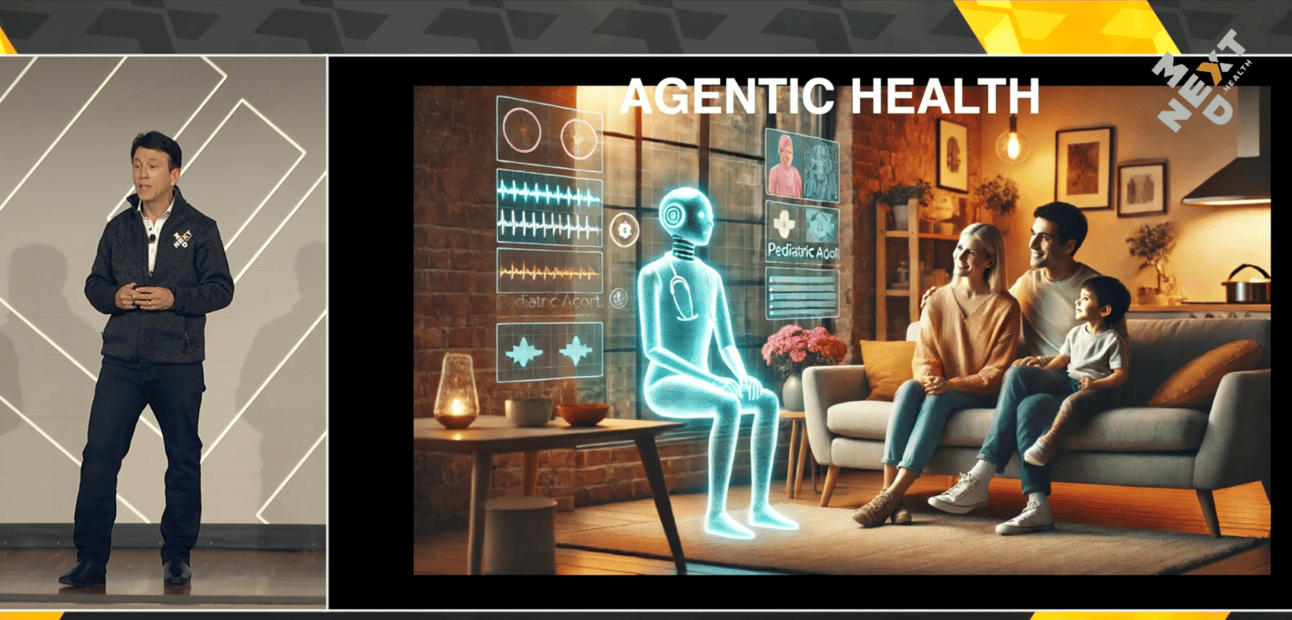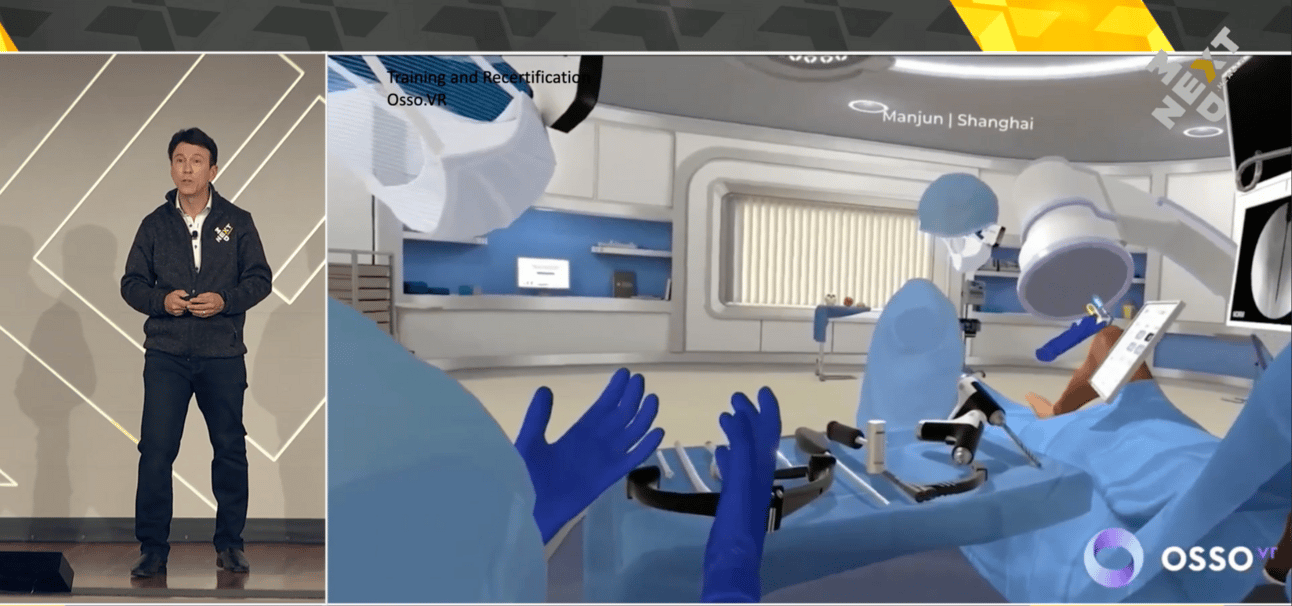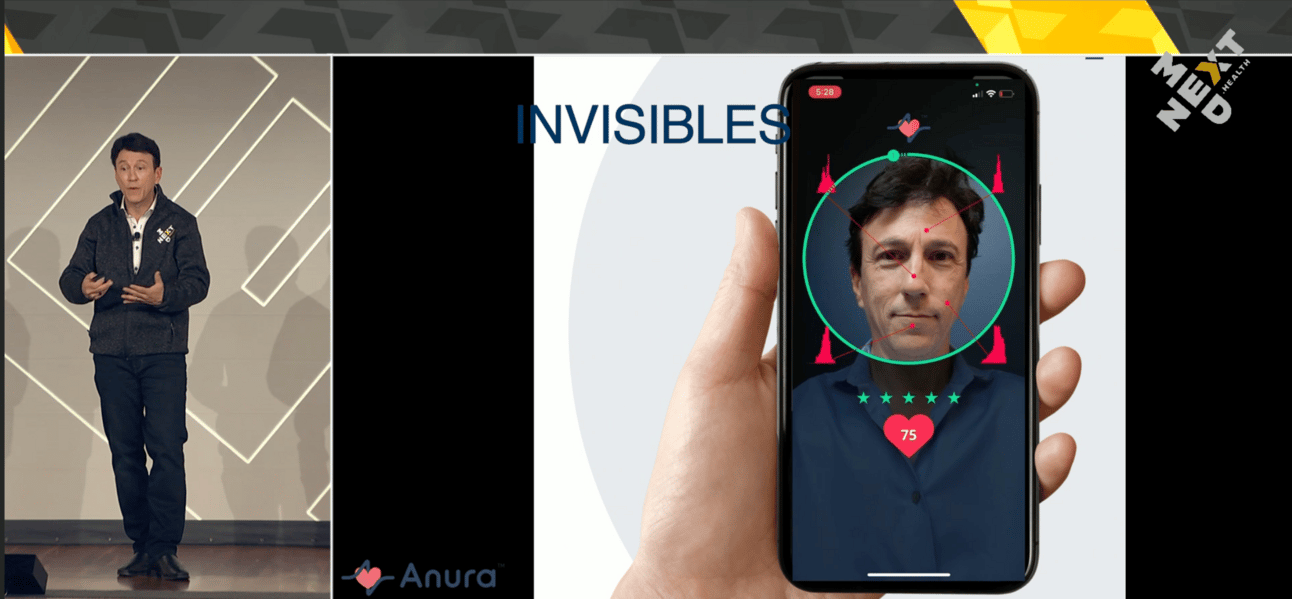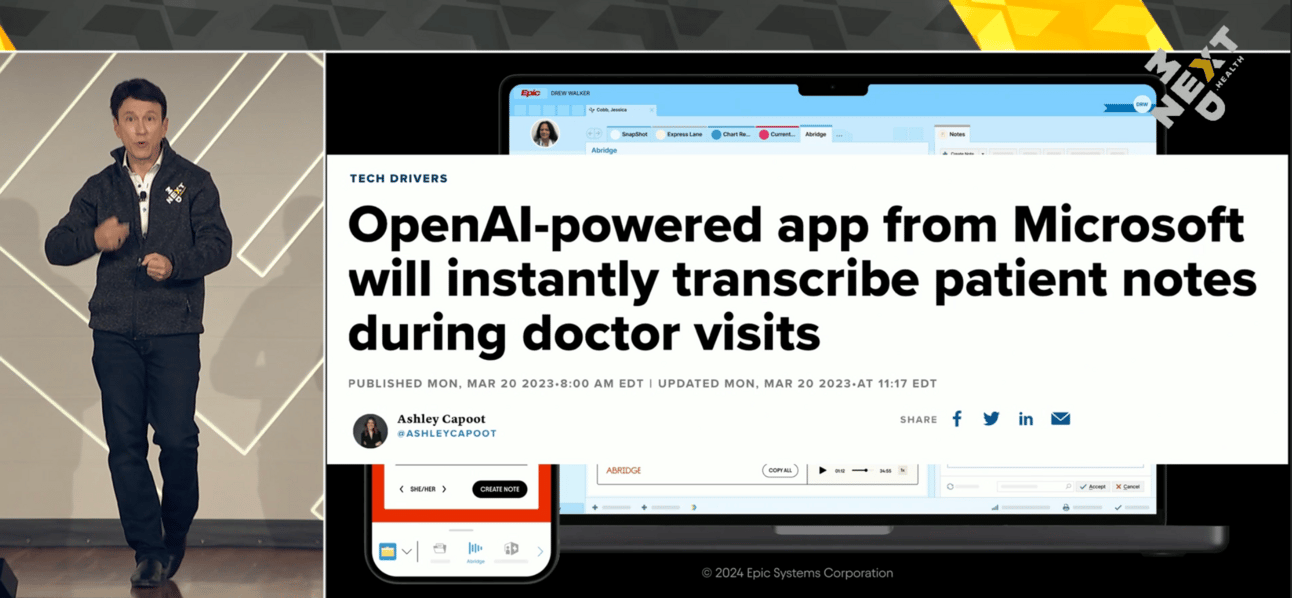The Future of Health Is Now: Dr. Daniel Kraft’s Vision at NextMed Health 2025
At the historic Hotel Del Coronado, leaders in health innovation gathered for this year’s NextMed Health conference. But no facelift was more transformative than the one unfolding in real time inside the ballroom, where Dr. Daniel Kraft, physician-scientist, innovator, and founder of NextMed Health, took the stage to paint a thrilling portrait of medicine’s future.
From the moment Dr. Kraft walked on stage, his message was clear: “The future of health and medicine is arriving faster than we think.” And with that, he launched into a whirlwind tour of the present-tense future—a world shaped by generative AI, intelligent health agents, exponential technologies, and a profound shift in how, where, and by whom care is delivered.
The Exponential Arc of Innovation
Reflecting on the incredible acceleration of technology, Dr. Kraft reminded the audience that just two years ago, ChatGPT was a novelty. Today, large language models are not only mainstream—they’re outperforming many clinicians in core tasks like passing medical board exams. This disruption, he argued, is not on the horizon—it’s already here.
And it’s not just about faster diagnosis or AI-generated videos. As Kraft said with a grin, “We’re outsourcing parts of our brains now.” But he cautioned: with great power comes great responsibility. While tools like GPT may be an “e-bike for the mind,” we must ensure future clinicians still build their cognitive muscles—like differential diagnosis—without over-relying on machines.
Meet Miles: The AI Health Agent of 2035
To bring this to life, Kraft introduced the crowd to “Miles,” a virtual health agent from the year 2035. With humor and warmth, Miles described how he monitors vitals 24/7, detects early signs of disease, nudges users to manage stress, and seamlessly integrates with physicians and labs. It was more than a gimmick—it was a live demo of how AI-powered agents could redefine personal health.
Healthcare’s future won’t be limited to hospitals and clinics. It’ll be personalized, proactive, and omnipresent.
Beyond the Hype: The Infrastructure of Change
Technology is not a panacea. Kraft emphasized that the challenge isn’t invention—it’s implementation. As he noted, we’re still sending faxes in a world with full-body MRI scans in handheld form. Regulatory bodies, reimbursement models, and political systems are often ill-equipped to keep up.
“We don’t practice evidence-based medicine,” Kraft quoted Dr. Dean Ornish. “We practice reimbursement-based medicine.”
To change that, we must redesign not only our tools, but the economic and incentive structures beneath them. That means rethinking medical education—today’s students won’t practice independently until 2033—and expanding the workforce beyond traditional roles to include technologists, data scientists, and AI collaborators.
Superconvergence: Where Technologies Collide
Kraft introduced the concept of “superconvergence”—the collision of fields like genomics, AI, robotics, VR, and synthetic biology to generate unprecedented insights. He cited the falling cost of genome sequencing, now nearing $10, and breakthroughs in CRISPR that are moving from labs to clinics with astonishing speed.
Digital twins, personalized avatars, and multi-omics are no longer science fiction. UK Biobank studies can now predict Parkinson’s disease years before symptoms appear. Omics—genomics, proteomics, exposomics, and more—are being layered to build hyper-precise models of health, opening new paths for diagnostics and prevention.
And yes, Dr. Kraft debuted his own avatar on screen—welcoming attendees to the “Medi-verse,” where virtual Daniel Kraft offered a teaser of what’s now possible with AI and synthetic media.
The Fierce Urgency of Now
While technology dazzles, Dr. Kraft made it clear that our deepest health challenges remain rooted in the basics. Social determinants—like access to clean water, education, and broadband—still account for the majority of health outcomes. “Sometimes it’s not about CRISPR or VR,” he said. “It’s about whether you have battery life and internet access.”
We must be mindful of “digital determinants of health.” Will these innovations democratize care or widen the gap between haves and have-nots?
The future, Kraft argued, should be measured not only in breakthroughs, but in our ability to raise health equity and extend healthspan—not just lifespan.
Hospital to Home to Phone
A key takeaway: care is shifting locations. The traditional “hospital-centric” model is dissolving. New tools—like AI-powered ultrasounds, smart scales, wearables, and ingestibles—enable monitoring and diagnostics to occur from the comfort of home or even on the move.
From smartwatches that detect AFib and monitor glucose levels, to AI tools that interpret chest X-rays in seconds, the future of diagnostics is mobile, continuous, and deeply personalized. Kraft showed a scan of his own brain with AI-assisted imaging—color-coded, annotated, and ready for a radiologist in real time.
He pointed out new tools like ShapeScale and wearable patches that offer ICU-level monitoring through a single skin sensor. “Mobility is a vital sign,” said Dr. Stefano Bini, a sentiment Kraft echoed in advocating for diagnostics that match today’s lifestyles.
Education, Simulation, and Empowerment
Kraft also explored how education and training are transforming. Traditional models—“see one, do one, teach one”—are giving way to simulate-simulate-simulate. VR is being used to train surgeons, calm anxious patients, and even gamify physical therapy and mental health treatment.
Tools like Supernatural VR (whose lead coach attended the conference) blend exercise and cognitive engagement, improving outcomes while making health fun and immersive.
These aren’t just gadgets. They’re changing psychology, compliance, and long-term behavior.
Global Perspectives, Local Impact
While much of this innovation is born in Silicon Valley, Kraft reminded attendees that some of the most radical healthcare rethinking is happening globally. He cited his work with India-based AI diagnostic startups that are leapfrogging Western models by building scalable, mobile-first solutions.
What’s being piloted in Rwanda or Mumbai may soon redefine what’s possible in rural California or urban Detroit.
The Role of AI in Practice: From Tools to Teammates
AI isn’t just a buzzword—it’s transforming medical workflows. Dr. Kraft described how Microsoft’s ambient listening and transcription tools are cutting down physician burnout by minimizing “pajama time”—that extra after-hours work clinicians face just to chart their notes.
From AI-enhanced stethoscopes to diagnostics that operate with a smartphone camera, Kraft framed AI not as a replacement for doctors, but as a powerful collaborator. “It’s not AI versus MD,” he said. “It’s MD plus AI.”
Still, he cautioned against over-romanticizing tech. “None of us want more data. We want more insight.” The challenge is not just collecting information, but making it actionable—turning 17 years of research lag time into 17 minutes.
From Bedside Manner to Website Manner
As healthcare becomes digital, bedside manner must evolve into “website manner.” Whether interacting with an AI agent, a telehealth platform, or an avatarized provider, empathy and personalization remain central.
This shift demands not just better tools, but a redesigned experience for both patients and providers.
Looking Ahead: 2025 to 2035
Dr. Kraft closed by urging attendees to not just think about what’s possible today—but what’s next. “The difficulty isn’t in new ideas,” he quoted economist John Maynard Keynes, “but in escaping the old ones.”
He invited the community to envision where we’ll be in 2035: Will we have built systems that empower individuals to manage their health the way they manage their finances? Will our avatars deliver personalized care before symptoms emerge? Will we reward wellness, not sickness?
The answers will depend on our willingness to collaborate, experiment, and act now with boldness and humility.
As he left the stage, the audience wasn’t left with a singular breakthrough or device to marvel at—but something far more powerful: the conviction that the future of health isn’t something we wait for. It’s something we build—together.



